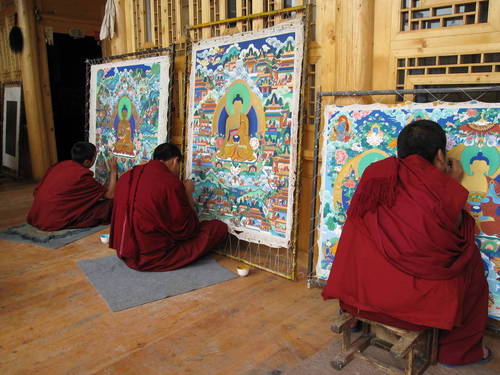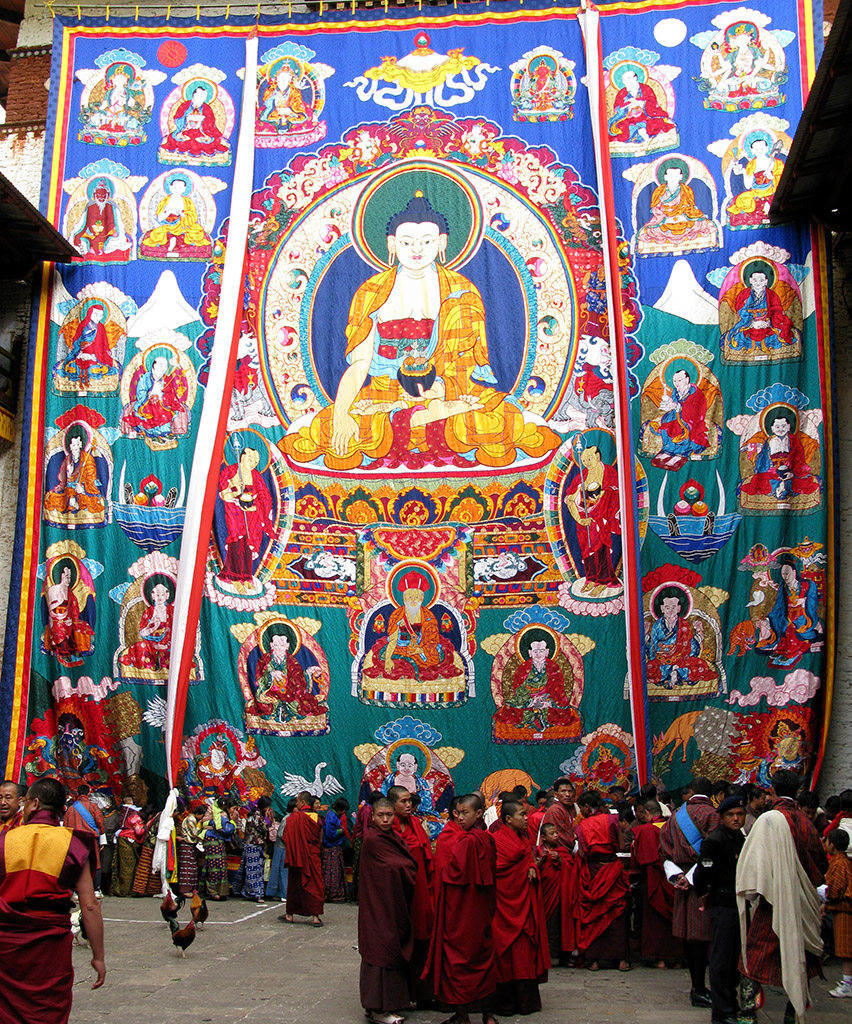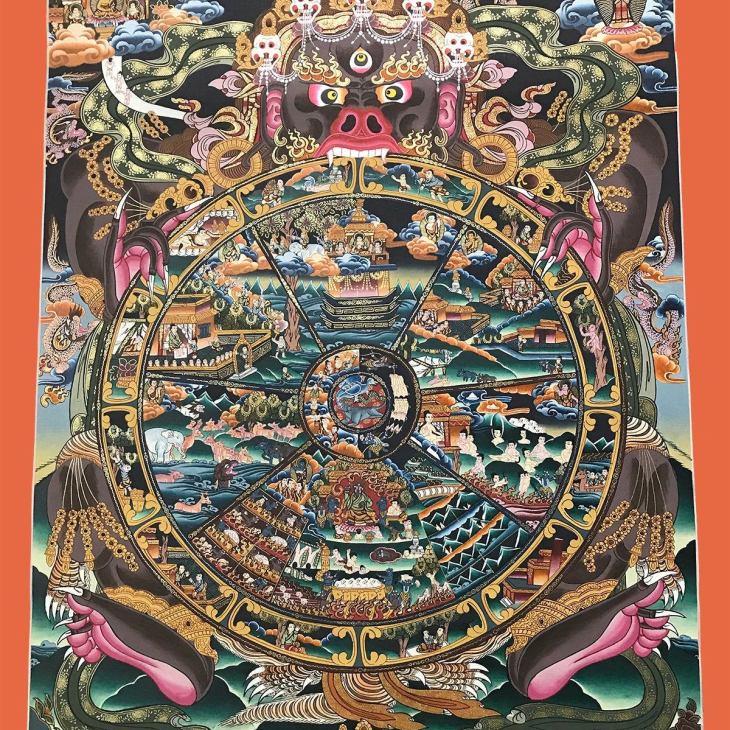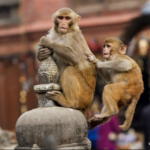Much of our existing cultural heritage has been preserved through centuries and in ancient forms of protection of history. Cultural preservation in the early days of the human race takes place through Oral practices, literature, temples, sculptures, and paintings. Even in the 21st century, these practices has provide a major source of pleasure about history. Meanwhile, paintings, are also used to illustrate literature, poetry, history. When we talk about thanka paintings, then the dissemination of the scriptures has the divine meaning, which goes beyond creativity and nature.
Thangka paintings are one of the sacred art done by the artists who aim to raise awareness and emotional stability by their art and design. Thanka painting is about peace and prosperity like a Buddhist massage for the human race. Thanka’s Nepalese artists do not consider themselves creators or artists, but producing thangkas is both an act of adoration and a mission to serve humanity. They assume that Art not for art’s sake, but for a deep spiritual purpose. Meanwhile. there are various ways to pronounce Thanka (tanka, t’anka, tang-ka or thang-kha, Tibetan Thang-Ka, Thang-Sku, or Sku- Thang).

There is no exact date when this painting explores the world or its beginnings. However, it has roots fount both in Nepal and in Tibet. Thanka history in Tibet and Nepal are also closely related to the history of their religions. Moreover, The Tibetan thangka has been created in Nepal by the Nepalese princess Bhrikuti, who was the wife of the Tibetan Empire’s founder Songtsen Gampo. The paintings have been developed from the early murals of a few remaining sites, such as the Ajante Caves in India and the Mogao Caves in Gansu Province, China, during the centuries.
Mogao Caves have extensive wall paintings and formerly were a repository for many of Thangka ‘s earliest remaining. Some records even suggest that the Gupta empire from 330-520 B.C started the practice of Thangka art. Back in the day, thankas are originally drawn on the ground for each ritual use, and from scrolls used by storytelling.

Thangkas was at the time drawn in compliance with exact canonical laws. Their subject matter provides variety of theological and spiritual comprehension. These normally depict the Buddha accompanied by angels, lamas and scenes from past; the wheel of creation, (Sanskrit Bhavacakra), the horoscopes, etc. like divinities arranged on the sides of a celestial tree. In the religious context, thangkas were essentially aids for meditation, a symbol of spiritual thoughts. For centuries, thangkas have fascinated neighboring countries too.

Art may be entwined with religion, encompassing a spiritual message beyond artistic form and design. Similarly, the thangka is one such sacred art in this world. Each thangka is created for a specific purpose and will always be different from other ones. It is for this reason and other values that they are conserved for the present and the future. The thangka poses complex challenges for conservators because of its composite nature and the wealth of values it embodies. In the below several types of Thanka are presented
1. Painted in color, which are the most common type
2. Appliqué, an ornamental needlework made from pieces of fabric
3. Black Background, which uses a gold line on a black background
4. Block-prints, the paper or cloth outlined renderings, made by woodblock printing
5. Embroidery with multicolored threads
6. Gold Background, a very auspicious treatment which was used for peaceful deities and the fully enlightened Buddhas
7. Red Background, this was also a gold line, but on vermilion pigmented cloth


